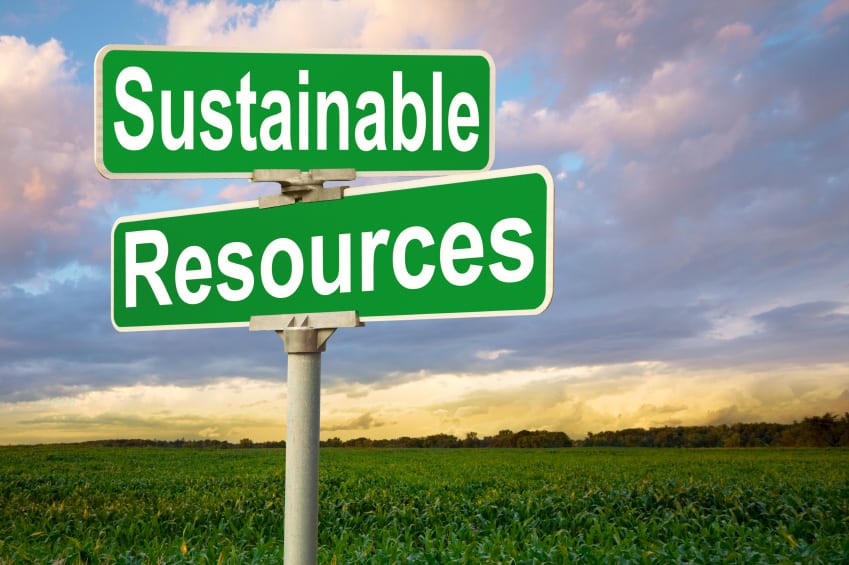Natural Resources
What is Sustainability of Resources?

Sustainability of natural resources is defined as the ability to maintain or sustain a resource at a certain level. And this is based on three scientific principles as below.
- Increased dependence on renewable energy
- Biodiversity
- Chemical cycling
Typically, it involves intervention to place limits on usage or to enforce standards of replacement. It encompasses the following areas.
Forestry and landscape sustainability
Forestry and landscape signify some of the oldest environmental protection laws across the world. Towards the end of the 19th century and beyond, the US and several other countries established National Parks or the protected natural spaces to promote ecology. Although terms, conditions, and policy differ by nation, the idea and approach to national parks mean protection of the environment from many destructive activities including construction and urban development. The government takes on the task for enforcing the law, setting policies, deciding the punishments and mitigating problems.
Impact assessment and monitoring
Environmental impact assessments analyze the potential outcomes under specific scenarios for the consequences of any activity. This can and includes the more extensive environmental impacts of development and advancement or expanded industrial output, but it can also incorporate the potential positives, for example, how land may recuperate from ecological issues or what the long haul environmental impacts will be of reforesting with a particular sort of tree canopy. Impact evaluation examines issues critically and with a view of the evidence and potential consequences. Governments usually require a formalized report before granting planning permission.
Mineral resource sustainability
Minerals are valuable metals, sold and fluid non-renewable energy sources, for example, oil and coal, are assets that require permitting and insurance for appropriate administration. These are limited assets and as they exist on government land, organizations wishing to work them must look for a permit. Mining is an untidy and conceivably risky business. Maintainability doesn’t matter to the asset itself (as it is limited) however the concerned needs to guarantee natural norms in its extraction and preparation, and the adherence of well being and security models for those removing it.
Water resource sustainability
Water is a sustainable asset yet when taken care of inadequately, can prompt deficiencies. In particular, water resource sustainability refers to the process of harnessing and utilizing it, in drought territories, managing its usage with minimal or no wastage. As water and water overflow doesn’t regard political limits, universal laws on preservation and use are normal and applied, particularly where there is shared use and duty or contending cases to it. Laws here apply to surface water, for example, waterways, lakes and seas, floodwater and ice meltwater, groundwater and the water table.
Wildlife and fishery sustainability
Laws protect wildlife and seek to control and restrict the impact of destructive activities of humans on animal species say by expansion and to prevent disturbances in natural food chains. Also, there are laws to protect plant species, particularly those vital to a local ecology or those that are endangered or threatened, or otherwise considered scientifically significant. It can include conservation status, quotas on the numbers that may be caught/hunted or a complete ban, or international ban on the commercialization of certain items. Ivory is one of such example.





























